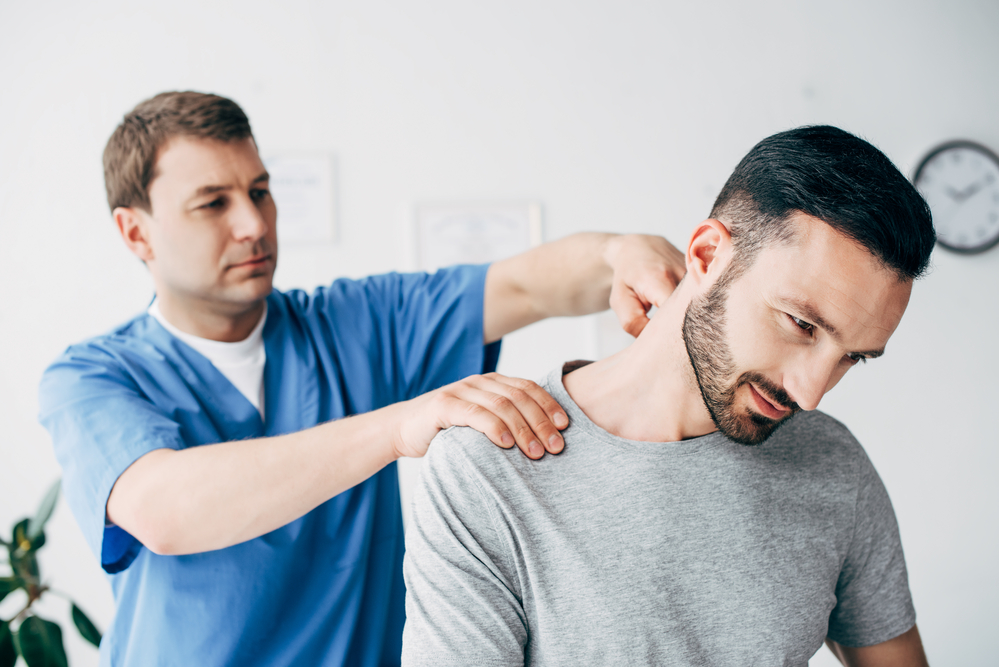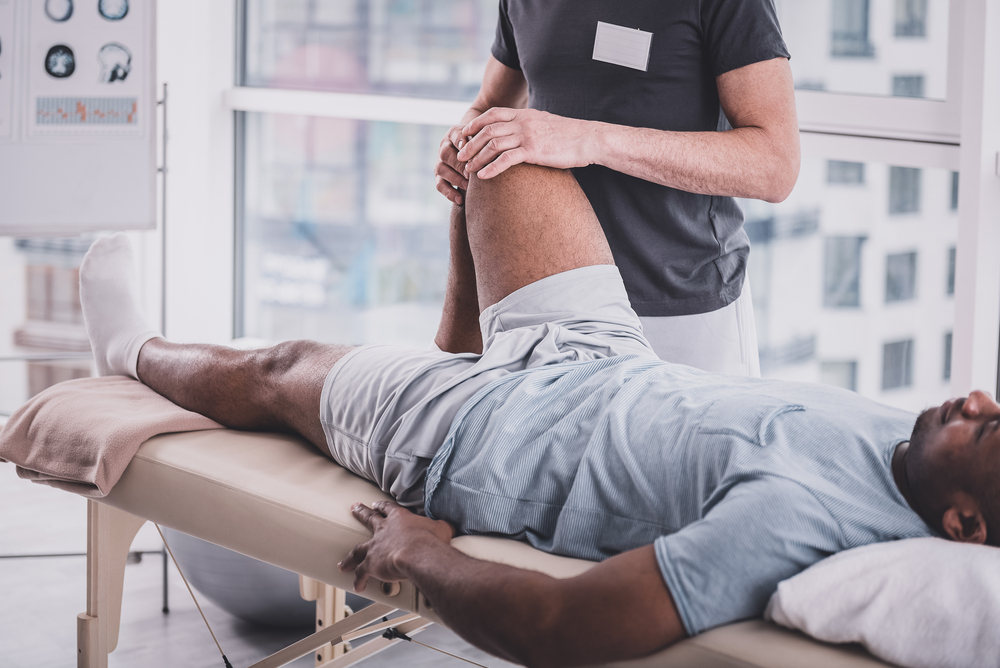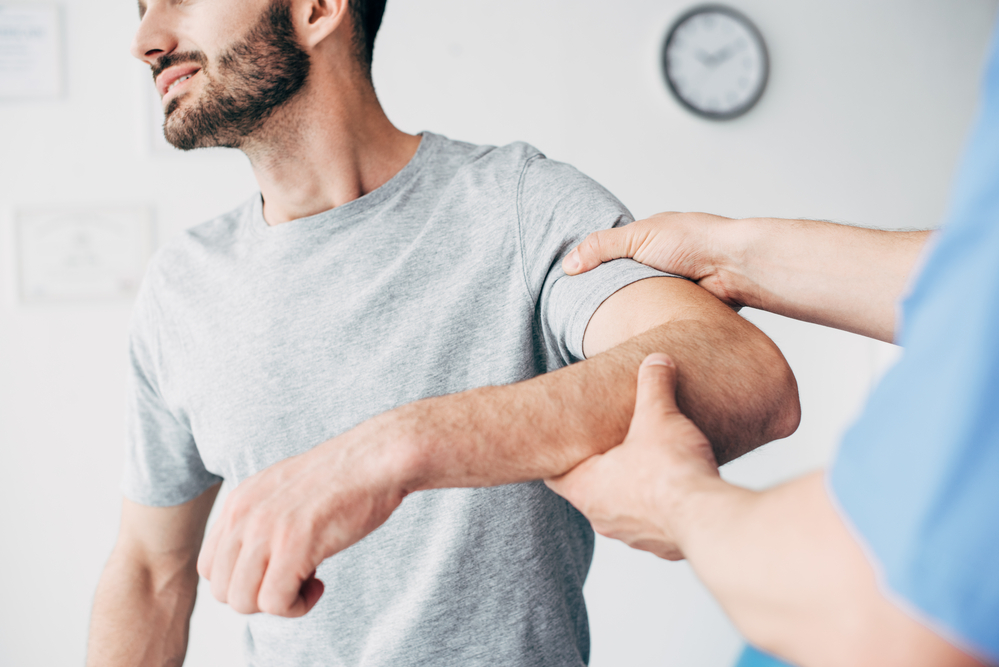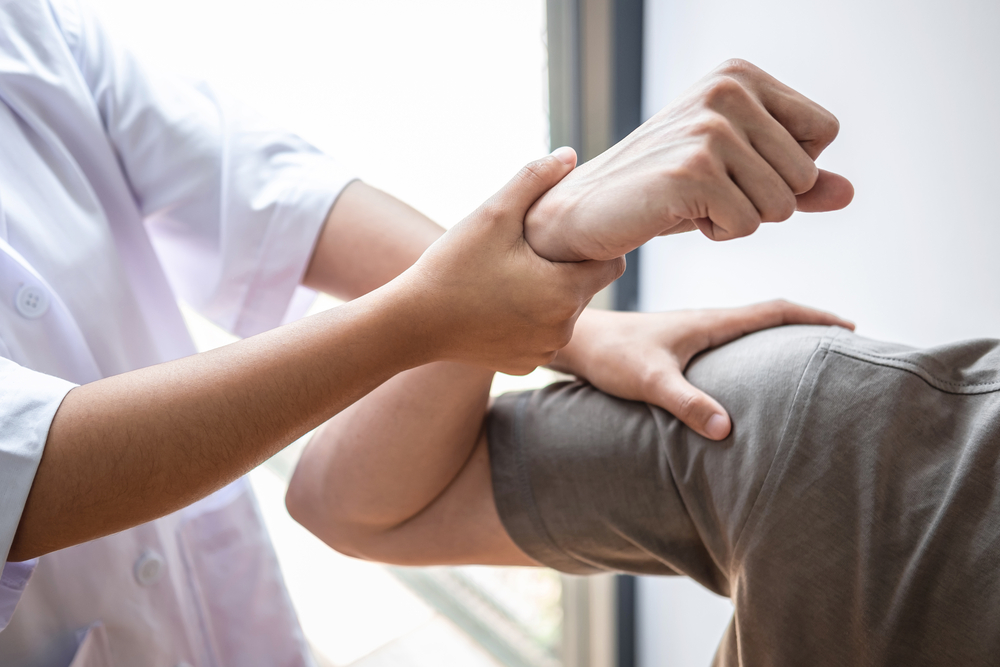
Bowling is a relatively safe sport by most accounts, but there are still a few common injuries that can occur. And knowing about them, why they happen, and how to prevent them can increase your safety as you enjoy the sport. In this blog post, we'll take you through some common injuries bowlers face.
Contents
Common Bowling Injuries
Elbow Tendonitis
Elbow tendonitis is one of the more well-knowing bowling injuries on this list. It involves inflammation in the tendons of your elbow.
What Causes Elbow Tendonitis?
This injury is caused by repetitive stress from using your elbow in the same manner over and over again, causing elbow pain. When you think about preparing to roll your bowling ball down the lane, you’ll notice that you bend your elbow, then straighten it out again while swinging your heavy ball. This is an easy way to develop elbow tendonitis.
Methods of Treating Elbow Tendonitis
- Rest your elbow. The amount of rest you’ll need depends on your injury's severity. More inflammation usually necessitates a longer resting period.
- Ice your elbow. You can use a cold pack on your elbow three to four times daily for 20 to 30 minutes at a time. If you have to engage in any activity that will aggravate your elbow, you can ice for 15 minutes prior to help minimize inflammation.
- Use compression to help support your elbow. An ACE bandage, elbow support, or brace can help keep the pressure off the elbow while you heal.
- Elevate your elbow if you have any swelling. Swelling can add additional stress resulting in further inflammation.
- Physical therapy is a great way to learn about how to get your elbow back in bowling form and ways you can improve strength and flexibility.
- Medication can help with swelling and discomfort, but it isn’t a quick fix. Take care of the injury and recognize that medication alone will not improve it.
- Steroid injections and/or surgery are recommended when the previous steps fail to help improve your condition.
Lateral Epicondylitis
Lateral epicondylitis is inflammation in your elbow area, but this injury explicitly applies to the tissue connecting the forearm muscle to the elbow. You might experience pain in your outer elbow, stiffness, a swollen elbow, or decreased strength in the affected arm.
What Causes Lateral Epicondylitis?
Just like elbow tendonitis, lateral epicondylitis is caused by overuse of the elbow. The pain can begin slowly and increase over time, making it a sneaky injury.
Methods of Treating Elbow Tendonitis
Treatment of lateral epicondylitis is mostly the same as for elbow tendonitis, except with the addition of platelet-rich plasma therapy and extracorporeal shock wave therapy.
- Platelet-rich plasma therapy involves injecting platelets into your injured area to help encourage healing.
- Extracorporeal shock wave therapy breaks up scar tissue and encourages improved blood flow to the injured area, which promotes healing.
Knee Medial Collateral Ligament
The knee medial collateral ligament is the primary support for your knee and consists of four ligaments. Any damage to these ligaments falls under this category. Pain, swelling, and knee instability indicate that your medial collateral ligament needs special attention.
What Causes Knee Medial Collateral Ligament Injuries?
The knee has multiple ligaments, and this particular injury can be as simple as a sprain or a tear. People with this type of injury cause repeated pressure, rotations, or shifting on the knee. This ligament has three levels of injury applied to it, depending on the severity of sprain or tear.
Treatment Methods for Knee Medial Collateral Ligament Injury
- Rest, ice, compression, and elevation (also known as RICE) are the first steps to giving your knee time to heal.
- Medication can be helpful for pain management, but it won’t cure an injury.
- Support your knee using a brace, sleeve, or ACE bandage.
- With severe injuries, you can use crutches to take the pressure off the knee.
- Physical therapy can help to strengthen a joint.
- In extreme injuries, surgery may be indicated as the best option.

Rotator Cuff Tear
Your rotator cuff consists of four muscles and tendons located in your shoulder. This injury occurs when you have a tear in that area.
What Causes a Rotator Cuff Tear?
You use these muscles to lift and rotate your arm, especially while bowling. You can experience pain in your rotator cuff if a tendon is inflamed or you have a torn tendon.
How to Treat a Rotator Cuff Tear
- Use the RICE method mentioned above.
- Oral medication can help to manage the pain, but it won’t heal an injury.
- Steroid injections can help to reduce inflammation but are usually a short-term solution.
- Physical therapy can help strengthen your rotator cuff and even help improve your control of the ball when bowling.
- Surgery can be needed with severe tears and pain.

Wrist Tendonitis or Sprains
Wrist sprains are yet another injury bowlers face. It happens when the ligaments that stabilize the wrist become overstretched or torn completely. This can result in a wrist sprain, which manifests in pain, swelling, and weakness in the affected wrist. Sometimes the pain travels down to the hand as well.
What Causes Wrist Sprains?
Your wrist has tendons that connect your forearm muscles to your hand. These are prone to overuse, just like any other body part. When you bowl, you make repetitive movements with your wrist, which is precisely how you can end up with this issue. If you’ve had any pain when you move your wrist or lift heavy items, you could have this injury.
Methods of Treating Wrist Sprains:
- Use the RICE method mentioned above.
- Medication can help you with pain management. This can be helpful when working with a physical therapist.
- A splint that supports your wrist and keeps it from moving can give the joint the rest it needs to heal.
- Physical therapy can help increase your wrist’s mobility and strength. When you do this, you can avoid this type of injury from happening again.
Shoulder Instability
Despite sounding like simple muscle weakness, shoulder instability can be severe. It occurs when the muscles and ligaments around the shoulder joint are stretched or torn, causing shoulder pain.
What Causes Shoulder Instability?
Throwing sports are notorious for causing arm, knee, and shoulder injuries. When you bowl, your shoulder takes a good beating with each consecutive roll. The tension and strain on your joints and connective tissue can lead to shoulder instability.
Methods of Treating Shoulder Instability:
- Use the RICE method mentioned above.
- Physical therapy can help strengthen your shoulder and give you exercises to maintain your new strength. Your physical therapist should also teach you how to stretch your arms and legs before you begin bowling. Stretching can prevent future injuries.

7 Ways to Prevent Bowling Injuries
With all the potential injuries associated with the sport, you might consider curtailing or avoiding bowling – but that’s not necessary! There are several ways to prevent bowling injuries, and we’ll outline them below:
- Stretch out your entire body before you bowl. If you’re waiting for long periods between throws, keep moving and do some stretches. Once you’ve got your muscles warmed up and ready to proceed, you’ll want to keep them that way for a better chance of avoiding injuries.
- Pay attention to your joints. If you’re experiencing discomfort in any joint, it might be a good time to take a break and give it a rest.
- Use tape to support your fingers if they ache while playing. A little extra support can be exactly what you need.
- Have a pro or seasoned bowler assess your form. Bad form is a major cause of bowling injuries. Make sure you have a proper form before releasing your ball.
- Let your knees do the heavy lifting, especially when picking up your ball. Too much stooping can lead to back problems.
- Wear the right shoes. Whether you decide to rent shoes at the bowling alley or buy your own, don’t wear street shoes. Doing so will increase your chances of slipping and falling.
Other Common Bowling Related Injuries
- Carpal Tunnel Syndrome
- Trigger finger
- Bowler's thumb
- Bowler's elbow
Related Articles
So, there you have it – several of the most common bowling injuries to watch out for. We hope that this article has been helpful to you, and we wish you the best as you bowl to your heart’s content!
Kira Byrd, a Certified Fraud Examiner, holds a B.S. in Accounting from the University of Alabama at Birmingham. With a passion for bowling from her childhood, Kira has poured her expertise and personal experiences into creating and nurturing Bowling For Beginners. Kira's mission is to meet new bowlers where they are and guide them toward consistently achieving higher scores. With a focus on skill development and strategic techniques, she empowers readers to take control of their game and unlock their true potential.
Bowling For Beginners embodies strict editorial integrity, ensuring reliable and unbiased information. Kira's commitment to delivering valuable insights and practical strategies is reflected in every article. Here's an explanation of our editorial policy and how we get money.





